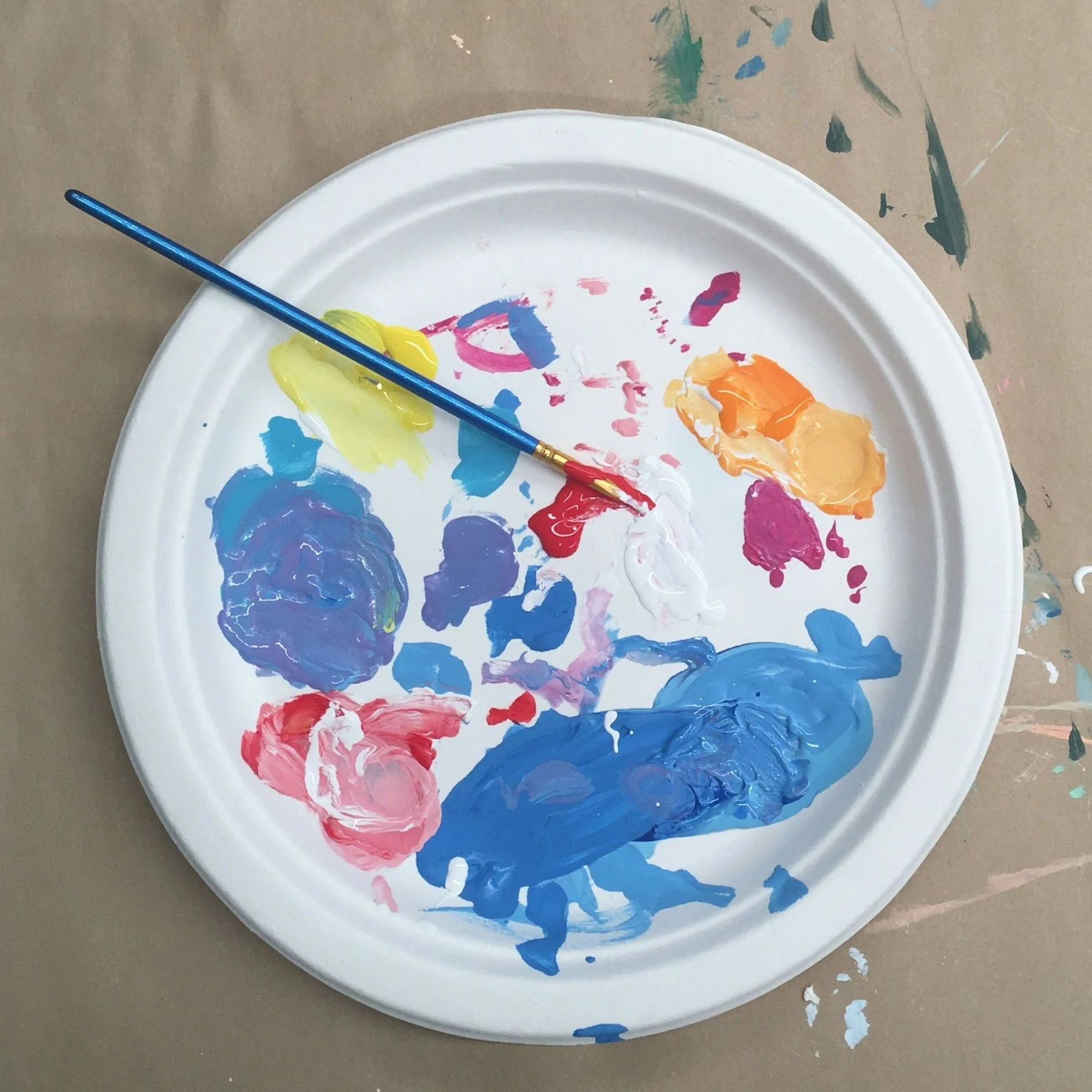Child Art Therapy
At Drawn Together, child therapy uses art, play, and connection to support your child’s emotional, developmental, and creative needs.
Caregiver & Child Check-In
We start with a quick check-in between you and your child. This helps build emotional awareness and problem-solving skills. We focus on one real-life challenge or pattern. We teach a simple coping strategy you can practice together at home. You’ll leave with common language and tools to use outside the session. This part of therapy improves your relationship and clarifies the “why” behind behaviors.
Child-Led Art & Play Therapy
The second part of each session invites your child into a playful, open space where they can express what words can’t always capture.
Your child can explore art materials, sensory play, storytelling, and imagination at their own pace.
Through this process, we begin to understand the feelings underneath their behaviors like anxiety, frustration, or confusion, and support emotional growth in a safe, developmentally appropriate way.
Your Role as Caregiver
Caregivers are an essential part of the process. offer ongoing communication and optional caregiver only check-ins so we can track progress, troubleshoot challenges, and make sure you feel supported, too.
You don’t need to have it all figured out, just a willingness to show up, stay curious, and grow alongside your child.
Frequently Asked Questions
-
We begin with a short caregiver/child check in at the start of each session, but the bulk of therapy is one on one with your child. This gives them space to explore, express, and build confidence. We’ll stay connected through regular updates or scheduled caregiver sessions.
-
Nope. Parents are busy! Some work opposite schedules, others have younger kids to juggle, or just can’t both be present each week. That’s completely okay.
What matters most is that everyone is on the same page about therapy and willing to practice the strategies we’re building at home.
-
That’s totally okay! Art therapy is not about being artistic, it’s about having another way to express thoughts and feelings. Children can engage through drawing, storytelling, sensory play, or imaginative games. There’s no pressure to create something “good,” and your child is always in charge of how they participate.
-
Art allows kids to show what they’re feeling even when they don’t have the words. Through art and play, we can explore emotional triggers, increase self-awareness, and practice coping skills in a safe and engaging way. It also builds confidence, flexibility, and creative problem-solving.
-
Absolutely. Ongoing communication is a key part of the process. I offer optional caregiver-only check-ins to help you feel supported and informed. You're always welcome to share what's happening between sessions so we can stay aligned.



